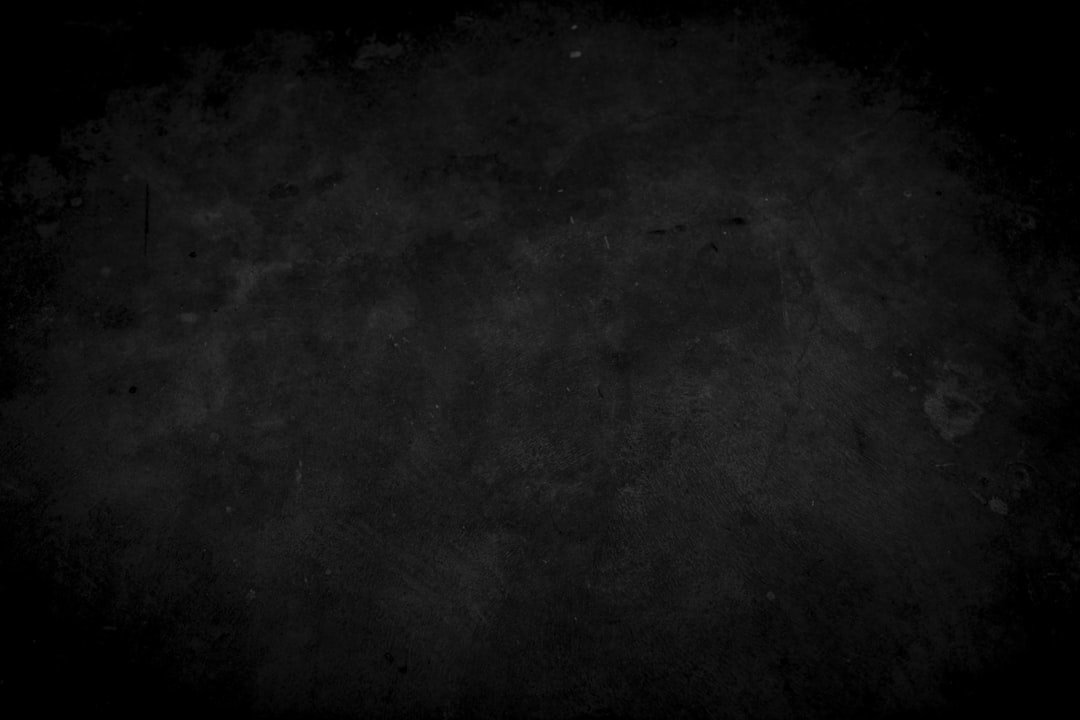
Hand-carved cutting boards in solid Swedish wood
Only solid Swedish oak, elm or ash (no glue) and you don't cut on end wood that absorbs liquid.
Read about properties and surface treatment further down.
Click on the images for a larger image and information about size etc.

Number: im-1566
Wood type: Oak
Price: sold

Number: im-1564
Wood type: Oak
Price: sold

Number: b5
Wood type: Oak
Price: sold

Number: im-4114
Wood type: Oak
Price: sold

Number: im-4114
Wood type: Oak
Price: sold

Number: im-4113
Wood type: Oak
Price: sold

Number: im-4111
Wood type: Oak
Price: sold

Number: im-4112
Wood type: Oak
Price: sold

Number: b1
Wood type: Oak
Price: sold

Number: C312
Wood type: Oak
Price: sold

Number: C801
Wood type: Oak
Price: sold

Number: C801
Wood type: Oak
Price: sold

Number: C909
Wood type: Oak
Price: sold

Number: C908b
Wood type: Oak
Price: sold

Number: C908
Wood type: Oak
Price: sold

Number: storflata
Wood type: Oak
Price: sold

Number: C906
Wood type: Oak
Price: sold

Number: C905
Wood type: Oak
Price: sold

Number: C906x
Wood type: Oak
Price: sold

Number: Cphoto1small
Wood type: Oak
Price: sold

Number: C532
Wood type: Oak
Price: sold

Number: C310
Wood type: Oak
Theme: French Lily
Width x Height x Thickness: 40x22x4cm
Price: 1800:- SEK

Number: C522a
Wood type: Oak
Theme: Shell
Width x Height x Thickness: 38 x {19-23} x 4cm
Price: 2900:- SEK

Number: C704
Wood type: Oak
Theme: Stylized oak leaf
Width x Height x Thickness: XXXcm
Price: XXX SEK/€

Number: C318
Wood type: Oak
Width x Height x Thickness: 30,5x{19.5-18.5}x4.5cm
Price: 1900:- SEK

Number: C520
Wood type: Oak
Theme: Red oak
Width x Height x Thickness: 42.5 x {26.5-28.5} x 3.7cm
Price: 2900:- SEK

Number: C402
Wood type: Oak
Theme: Grapes
Width x Height x Thickness: 50 x {24-26} x 4cm
Price: 2900:- SEK

Number: C703
Wood type: Oak
Theme: 7 leaf
Width x Height x Thickness: 45 x {24-27} x 3.7cm
Price: 2900:- SEK

Number: C524
Wood type: Oak
Theme: Pearl boat shell
Width x Height x Thickness: 50 x {23-27} x 4.4cm
Price: 2400:- SEK

Number: C803
Wood type: Elm
Theme: Elm on Elm
Width x Height x Thickness: 51 x 24 x 3.5cm
Price: 2900:- SEK
Features:
These cutting blocks have some unique properties that mean that if you take good care of these boards, they will be passed down to both your children and grandchildren, even if they are used extensively.
- It is possible to renovate the board several times despite the carvings:
When I have carved motif on the boards, the motif are always a few millimeters below the cutting surface, so you should be able to grind down the cutting surface a couple of times when it becomes worn. The boards are at least 3cm thick.
- Double-sided:
one side (usually the back), for example, can be cut on, the other served on.
- Hourglass ground for increased stability:
Wood always moves with the humidity. This means that the shape of the board is different in winter and summer. To prevent it from becoming so cupped that it does not lie still, I grind it like an hourglass, i.e. it is a little higher in the corners. (But it is also important to take care of it. Never leave it to dry on the sink and avoid strong sunlight for a long time.)
Surface treatment:
I treat the cutting boards with Osmo's food grade hard wax oil for countertops.
Wood (and oak in particular) is bactericidal, so an oak cutting board can be left untreated. Within 1 hour, basically all bacteria are dead. There is more information about this under Other -> Care advice.
You can get a board with your initials or maybe your family crest or association badge carved or lasered in. Get in touch with a picture if you're interested.
If you have spent a lot of money on a new kitchen, there is reason to finish with something a little extra. If you haven't renovated yet, a few extra details can do wonders.
Gallery of old cutting boards
If you start making cutting boards in the late 60s and make a few a year, you'll have quite a few even if you give them away frequently. Here are some typical "styles" I've done over the years.
Knots and ropes - Cut through - Fan shapes.
All of these are made of teak (except the triangular one at the end), at that time it was still possible to buy a teak board without digging out your entire wallet :-). Teak is nice to carve in (but dulls knives) and lasts very well without surface treatment.

































